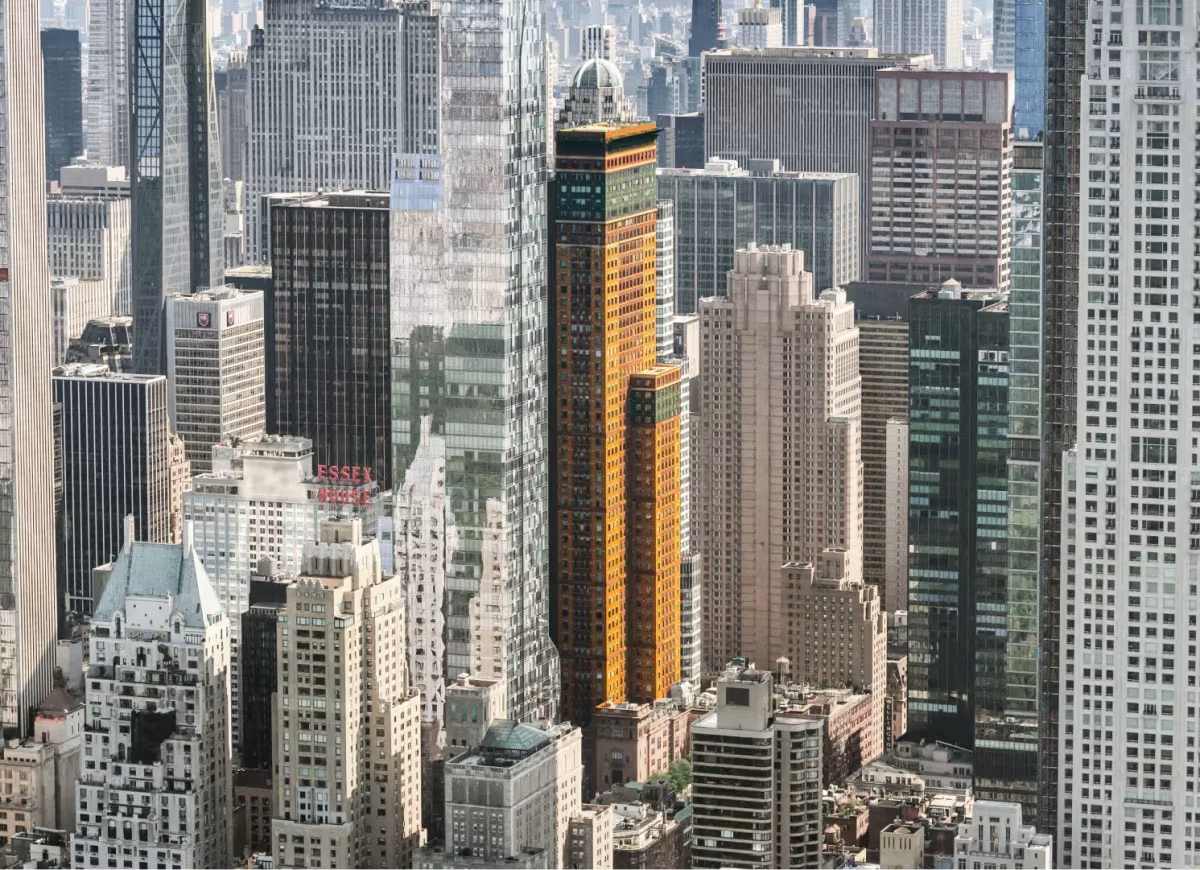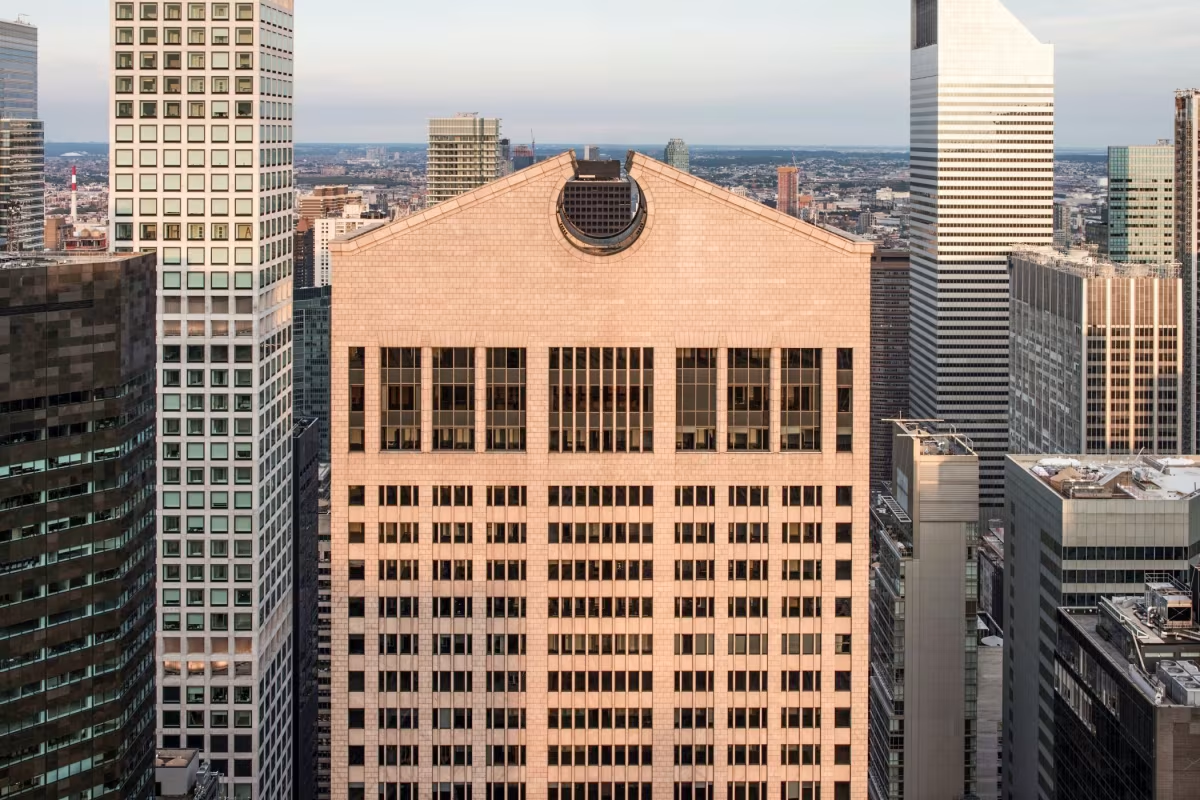Carnegie Hall Tower vs 550 Madison Avenue


Comparing the Carnegie Hall Tower and the 550 Madison Avenue is interesting because they both rise in New York, NY, yet they were conceived by two different design teams, César Pelli & Associates and Johnson/Burgee Architects, and were completed at different points in time. They were finished more than 7 years apart.
This contrast within the same city allows us to see how different creative minds interpreted the evolving needs of New York across time.
Let's take a closer look!
Height & Size
The Carnegie Hall Tower is clearly the larger tower of the two, both in terms of height and number of floors. It rises to 758ft (231m) with 60 floors above ground, while the 550 Madison Avenue reaches 646ft (197m) with 37 floors above ground.
Despite being taller and having more floors, Carnegie Hall Tower has less total built-up area than 550 Madison Avenue.
Of course, each project may have faced different briefs or regulatory constraints, which we don't really know about and could also explain the outcome.
Architectural Style
Both the Carnegie Hall Tower and the 550 Madison Avenue were designed in line with the aesthetic conventions of the Postmodernism style.
The Carnegie Hall Tower was designed at a moment when the Postmodernism style was already in decline, making it more of a lingering expression of the movement. In contrast, the 550 Madison Avenue style was already in decline, making it more of a lingering expression of the movement. In contrast, the 550 Madison Avenue was built when the style still carried greater cultural weight.
Uses
Both the Carnegie Hall Tower and the 550 Madison Avenue were designed to serve as commercial towers, and that has remained their main use since their completion, serving similar roles in the urban fabric.
The 550 Madison Avenue also provides 20 parking spaces.
Structure & Facade
The two buildings opted for different structural and facade solutions.
The Carnegie Hall Tower uses a Framed Tube In Tube system, which combines a strong central core with a perimeter tube of columns, while the 550 Madison Avenue uses a Frame system, that relies on a regular grid of columns and beams to sustain its weight.
And when it came to the facade, the Masonry went with a Masonry facade, which features a heavy masonry skin that gives it a more clasical look, while the 550 Madison Avenue opted for a Modular facade, that employs prefabricated panels, often mixing solid surfaces with smaller windows.
| Carnegie Hall Tower | 550 Madison Avenue | |
|---|---|---|
| César Pelli & Associates | Architect | Johnson/Burgee Architects |
| 1987 | Design Ended | 1979 |
| 1988 | Construction Started | 1981 |
| 1991 | Year Completed | 1984 |
| Postmodernism | Architectural Style | Postmodernism |
| Commercial | Current Use | Commercial |
| 60 | Floors Above Ground | 37 |
| 231 m | Height (m) | 197 m |
| 49000 | Built-up Area (m²) | 76180 |
| 12 | Number of Elevators | 25 |
| Framed Tube In Tube | Structure Type | Frame |
| Reinforced Concrete | Vertical Structure Material | Steel |
| Reinforced Concrete | Horizontal Structure Material | Concrete And Steel |
| Yes | Facade Structural? | Yes |
| Brick, Glass | Main Facade Material | Granite, Glass |
| HRH Construction | Main Contractor | William Crow Construction, And HRH Construction |
| Rockrose Development Corp | Developer | American Telephone & Telegraph |
| Cosentini Associates | MEP Engineer | Cosentini Associates |
| Rosenwasser/Grossman Consulting Engineers | Structural Engineer | Leslie E. Robertson Associates |
| NY | State | NY |
| New York | City | New York |
| 152 West 57th Street | Address | 550 Madison Avenue |